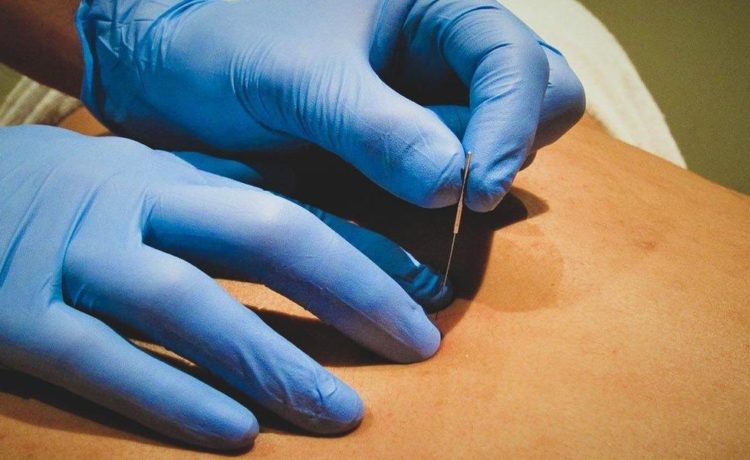Dry needling supplies refer to the equipment and supplies needed to perform dry needling, a therapeutic technique used by healthcare professionals to treat musculoskeletal pain and dysfunction. The supplies required for dry acupuncture may vary slightly depending on the practitioner’s preference and the patient’s specific needs. Healthcare professionals need a few basic things to perform this technique safely and effectively when it comes to dry needling supplies.
Let’s take a closer look at these consumables
Needles. The needles used for dry needling are usually made of stainless steel and are very thin, ranging from 0.16 to 0.30 mm in diameter. Depending on the target area, they are available in different lengths, typically 25 to 75 millimeters. The length and thickness of the needle may vary depending on the depth of the trigger point or the muscle being treated.
Needle guide tubes. Needle guide tubes are used to provide stability and control during needle insertion. These tubes are usually made of plastic and have a hollow center through which the needle passes. They help ensure accurate needle placement and minimize the risk of accidental injury.
Sterile packaging. To ensure safety and sterility, needles are individually packaged in sterile containers. Sterile packaging helps prevent infection and ensures that each needle is ready to use without the risk of infection.
Alcohol swabs. Before inserting needles, clean the skin at the injection site. For this purpose, alcohol swabs or wipes are usually used.
Gloves. Healthcare workers performing dry needling should always wear gloves to protect themselves and their patients. Gloves create a barrier between the doctor’s hands and the patient’s skin, reducing the risk of cross-contamination and promoting hygiene.
Sharps container. Needles should be disposed of properly after use. The sharps container is specially designed to dispose of used needles and other medical sharps safely. It is puncture-resistant and leak-proof, ensuring the safety of both healthcare workers and waste disposal personnel.
Gauze or bandages. Some patients may experience light bleeding or bruising at the injection site. You can use gauze or bandages to apply gentle pressure and protect the area, aiding blood clotting and preventing further bleeding.
Needle disposal system. In addition to the sharps container, healthcare professionals can use the needle disposal system to help safely dispose of needles afterward. These systems often include a mechanism to store safely and transport containers filled with sharps for proper disposal following local regulations.
Forms of documentation. Documentation is a critical aspect of any medical procedure. Healthcare providers should keep detailed records of dry needling sessions, including the size and depth of needles used, patient response, and any side effects. Documentation forms designed specifically for drypoint can help expedite this process.
End
These consumables ensure dry acupuncture techniques are safe and effective and contribute to a positive patient experience. Healthcare professionals should always follow best practices and comply with local regulations when using these consumables.

